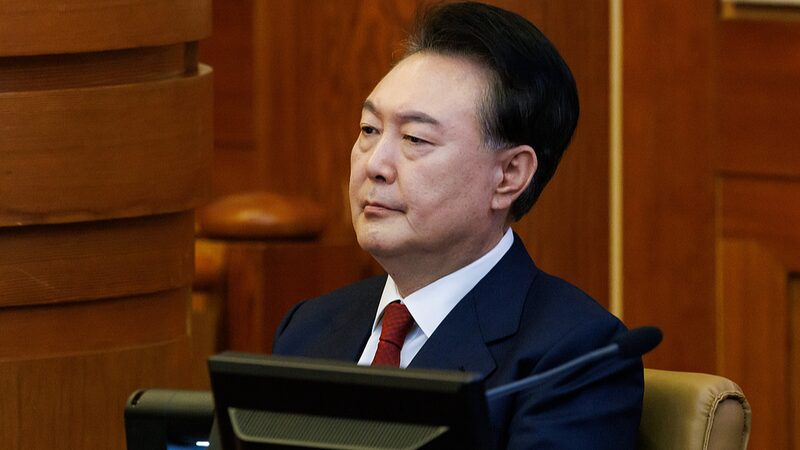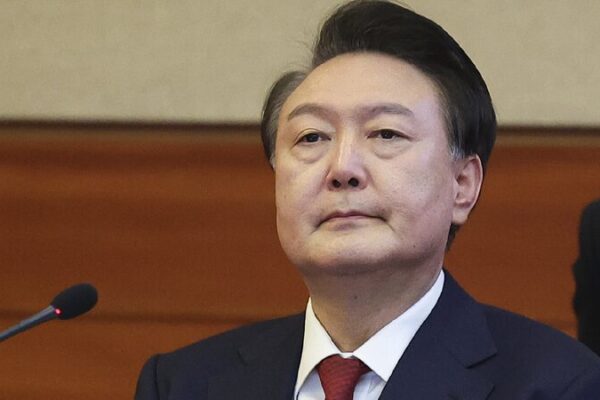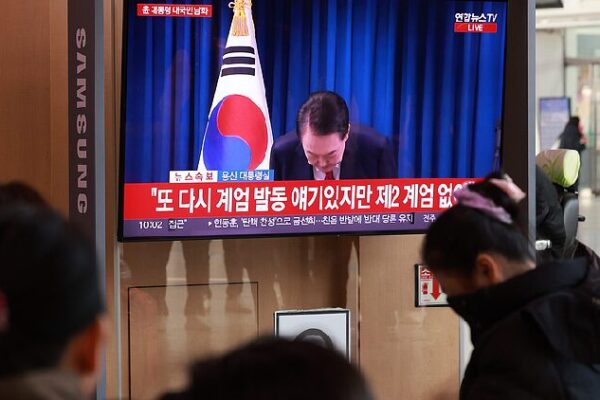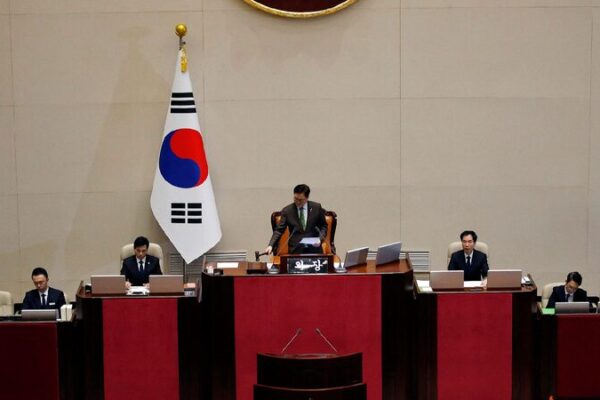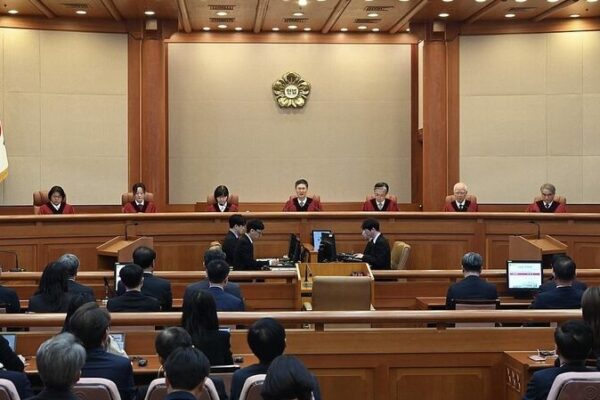Seoul, South Korea — Ever wondered how South Korea keeps its leaders in check? It’s all about democracy and the rule of law. At the heart of this system is the Constitutional Court, a powerful institution that ensures everyone, even the president, is accountable.
In South Korea, if the president is suspected of serious wrongdoing, the National Assembly can vote to impeach them. But it doesn’t stop there. The final decision rests with the Constitutional Court, which thoroughly reviews the case.
One significant example is the impeachment of former President Park Geun-hye in 2016. Accused of corruption and abuse of power, she was impeached by the National Assembly. The Constitutional Court upheld the impeachment in 2017, leading to her removal from office. This was a historic moment, showing how South Korea’s democracy allows for lawful transitions of power when leaders fail to uphold their duties.
So why does this matter? For young people around the world, South Korea’s example highlights the importance of strong institutions in protecting democracy. It demonstrates how laws and courts can help prevent abuse of power and ensure leaders serve the people.
The Constitutional Court acts as a guardian of the constitution, making sure that all actions, even those of the highest officials, comply with the nation’s laws. This system promotes transparency, accountability, and trust in government.
South Korea’s impeachment process is a powerful example of democracy in action. It reminds us that no one is above the law and that citizens have the power to demand integrity from their leaders.
Reference(s):
Live: South Korea's Constitutional Court rules on Yoon's impeachment
cgtn.com
